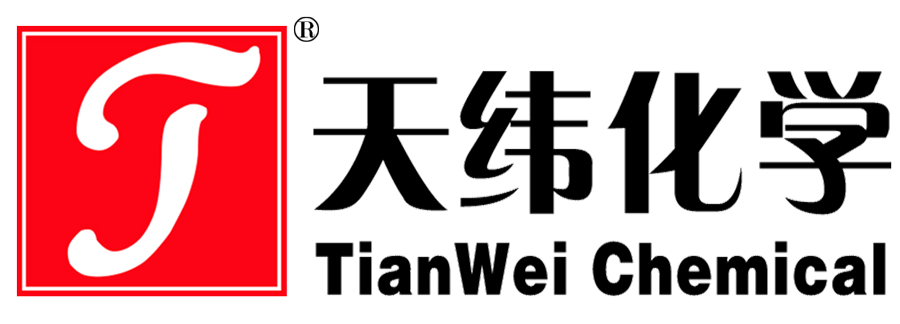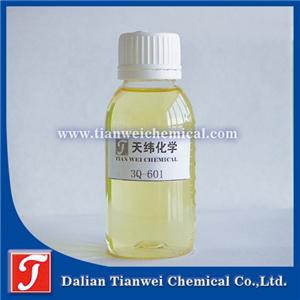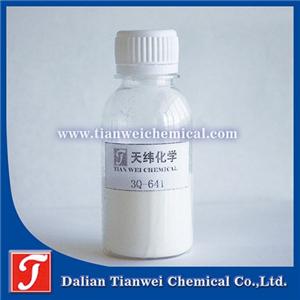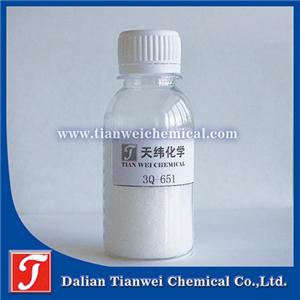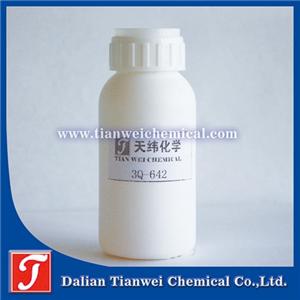Is it good for hospitals to use antibacterial coatings with added antibacterial agents
It is a good choice for hospitals to use antibacterial coatings with added antibacterial agents. Their advantages are reflected in reducing the risk of cross-infection, enhancing the ability to prevent and control infectious diseases, purifying the air, protecting medical staff, preventing wall mold, extending service life and reducing maintenance costs, and meeting environmental protection and safety standards. The specific analysis is as follows:
Reduce the risk of cross-infection: Hospitals are places where patients gather, and the density of bacteria in the air is much higher than that in other public places. Antibacterial coatings, with their broad-spectrum bactericidal and long-lasting anti-mold properties, can effectively kill bacteria in the environment, reduce the adhesion and spread of germs on walls, and thereby lower the chance of cross-infection. For instance, the application of antibacterial coatings in high-risk areas such as operating rooms and icus can significantly reduce complications like surgical site infections.
Enhancing the effectiveness of infectious disease prevention and control: In the face of sudden infectious diseases (such as SARS, H1N1, COVID-19, etc.), hospitals need to quickly cut off the transmission routes. Antibacterial coatings can assist in purifying the air by continuously releasing antibacterial components, reducing the survival time of viruses in the air and lowering the risk of transmission within hospitals. Especially in areas with limited ventilation conditions (such as waiting areas and wards), its prevention and control effect is more prominent.
Air purification and environmental protection performance: Antibacterial coatings can not only kill bacteria but also neutralize harmful gases such as formaldehyde and benzene, improving indoor air quality. Some products (such as negative ion antibacterial coatings) further purify the air by releasing negative ions, providing a healthier environment for medical staff and patients. Meanwhile, antibacterial coatings have no pungent odor or volatile organic compounds (VOCs), meeting the high requirements of hospitals for environmentally friendly materials.
Protecting medical staff and patients: Medical staff who are in long-term contact with bacteria are prone to become a high-risk group for occupational exposure. Antibacterial coatings provide "soft protection" for medical staff by reducing the number of bacteria in the hospital. In addition, its antibacterial properties can reduce the aggravation of patients' conditions caused by environmental infections, shorten hospital stays, and alleviate economic burdens.
Preventing wall mold and maintenance costs: Hospital walls are prone to mold growth due to dampness and stains, which not only affects appearance but also poses a threat to health. Antibacterial coatings have the characteristic of an anti-mold grade of 0 (no mold is visible under a microscope), which can keep the wall clean for a long time and reduce the maintenance cost of repeated painting. Meanwhile, its resistance to corrosion from chemical reagents and disinfectants extends the service life of the wall surface.
Compliance with industry standards and safety: Antibacterial coatings must pass national standard tests such as "Test Method for Antibacterial Properties and Antibacterial Effects of Antibacterial Coatings (Paint Films)" (GB/T 21866-2008) to ensure that their antibacterial performance meets the standards. Its components (such as silver ions, photocatalysts, etc.) are highly safe, less likely to cause bacterial drug resistance mutations, and have no toxic side effects, making it suitable for long-term use in hospitals.
